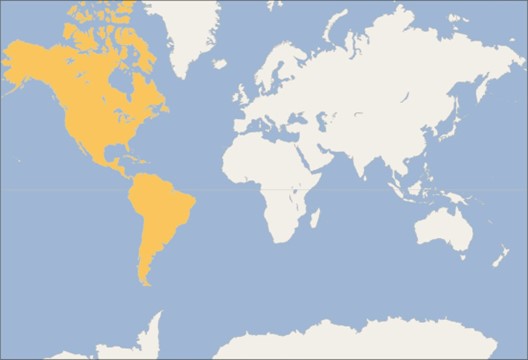The History of the Americas to 1500
The history of the Americas, encompassing the vast territories of North, Central, and South America, is a rich and diverse narrative spanning thousands of years. From the emergence of ancient civilizations in Mesoamerica and the Andean region to the rise and fall of mighty empires, the Americas’ past is marked by remarkable achievements in astronomy, architecture, engineering, and agriculture. The continents’ unique geography, with its vast mountain ranges, expansive deserts, and lush rainforests, facilitated the development of distinct cultural and philosophical traditions, profoundly impacting the course of human history.
Foundational Civilizations: Shaping the Americas’ Cultural Heritage
The earliest American civilizations, including the Olmec (1500 BCE-400 BCE) and the Chavín culture (1500 BCE-550 BCE) in Mesoamerica, the Hopewell (200 BCE-500 CE) and Mississippian (800-1500 CE) cultures in Eastern North America, the Mogollon (200 BCE-1450 CE) and Ancestral Pueblo (750 BCE-1540 CE) cultures in the Southwest, and the Tlingit (1000 BCE-1800 CE) and Haida (1000 BCE-1800 CE) cultures in the Pacific Northwest, laid the groundwork for the region’s cultural and philosophical identity. In the far north, the Dorset (500 BCE-1500 CE) and Thule (1000-1600 CE) cultures in present-day Canada and Alaska developed sophisticated hunting and whaling traditions, adapting to the harsh Arctic environment. The Maya civilization (2000 BCE-1500 CE) in Mesoamerica and the Inca Empire (1200-1532 CE) in South America saw the development of sophisticated knowledge systems, including astronomy, mathematics, and agriculture. These formative periods not only defined the spiritual and intellectual contours of American thought but also established the framework for future imperial dynasties and regional powers.
Empires and Trade Networks: The Americas’ Global Connections
As American civilizations matured, powerful empires arose, expanding their influence through conquest, diplomacy, and trade. The vast networks of trade routes, including the Inca Road and the Mississippi River trade network, connected the Americas, facilitating the exchange of goods, ideas, and cultures. In the Southwest, the Ancestral Pueblo people developed sophisticated irrigation systems, allowing for the cultivation of crops like maize and beans in the arid desert landscape, and established a complex network of trade routes, exchanging goods like turquoise and shell with neighboring cultures. In the Pacific Northwest, the Tlingit and Haida tribes established a thriving maritime trade network, exchanging goods like copper and cedar with tribes along the coast. The Hopewell culture’s trade networks stretched from the Great Lakes to the Gulf of Mexico, while the Mississippian culture’s trade networks connected the Eastern Woodlands to the Great Plains. The spread of maize agriculture from Mesoamerica to North America, often facilitated by intricate irrigation systems, further solidified the Americas’ global connections. By 1500 CE, the Americas’ rich cultural tapestry was characterized by vibrant cities, sophisticated trade networks, and a profound legacy of philosophical and artistic achievement, setting the stage for the region’s continued growth and influence in the centuries to come.

